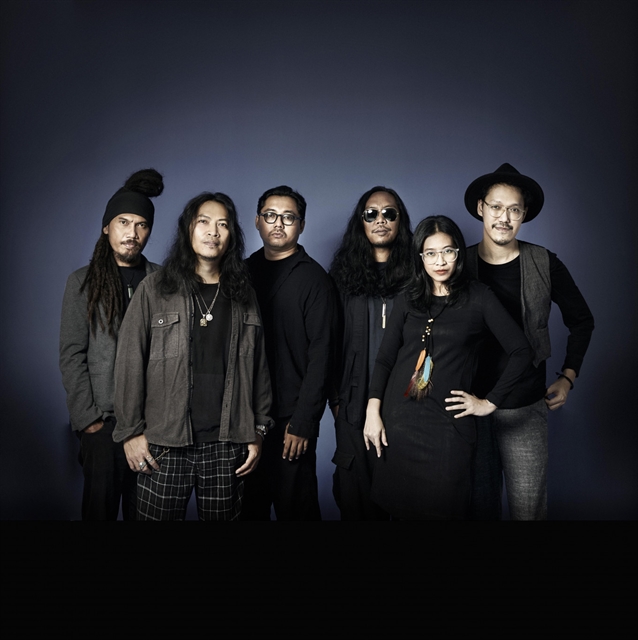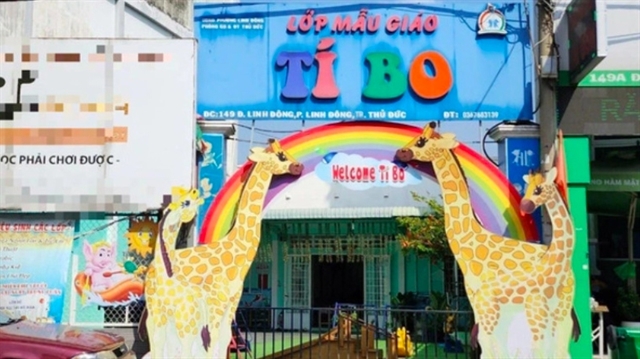Viet Nam News Architect Hoàng Thúc Hào won the Bùi Xuân Phái Award in the Idea Prize category in 2010. He was the first Vietnamese architect to win SIA-Getz Architecture Prize for Emergent Architecture in Asia in 2016, and also the Vassilis Sgoutas Prize by the International Union of Architects (UIA) in 2017.
This year, Hào plans to set up the Hồ Gươm or Ho Hoan Kiem (Sword Lake or Sword Return Lake) Museum. Bùi Xuân Phái Awards is held annually by the Vietnam News Agency’s Thể Thao & Văn Hóa (Sport & Culture) daily. The awards will be announced on August 27.
Hào currently is a lecturer at the National University of Civil Engineering. He has spent 25 years researching and developing architectural projects for the community.
Hào spoke about his idea to honour Hồ Gươm as one of the symbols of Hà Nội.
What gave you the idea to set up the Hồ Gươm Museum?
Hồ Gươm is a relic site dating back hundreds of years. In the past, it was a part of the Hồng (Red) River. It became a lake due to urban development. Hồ Gươm is a historical area that has witnessed changes during the process from feudalism to socialism.
Hồ Gươm became the centre of Hà Nội with streets arranged like a chess-board by the French. The space around the lake is legendary with the history of King Lê Lợi in the 16th century and Bút Tower in the 19th century. Plus, it is surrounded by eastern and western architectural styles such as French colonial villas and Vietnamese temples and pagodas.
Hồ Gươm also has a diversified biology including many kinds of tree.
Hà Nội was presented with the City for Peace award by UNESCO in 1999, and I think that the legend of Hồ Gươm is one of the most meaningful symbols of Hà Nội. It is a farewell to war. Hồ Gươm deserves to have a museum.
Many experts say that the space around Hồ Gươm is too crowded. Will it be possible to turn the idea into a reality?
The space around Hồ Gươm is overcrowded. There is no more spare land. In principle, Hồ Gươm Museum must be small and placed opposite the statues of King Lý Thái Tổ and King Lê Thái Tổ.
The legend says that King Lê Thái Tổ gave the sword back to the genie turtle Kim Quy after he finhished fighting off the Chinese Ming invaders, but his statue is not popular among young people.
The Hà Nội People’s Committee has a building very near the statue which is rented. I think the building would suit a community project like the Hồ Gươm Museum.
The museum will be simple but make an impression. It will highlight love for peace and freedom, and will not cost much to build.
Many museums in Việt Nam are largely ignored. Are you worried about this ?
I think it depends on human capacity. The Việt Nam Ethnology Museum is an example. It’s far from the centre and has poor infrastructure but former director Nguyễn Văn Huy has made it well-known.
Moreover, three-dimension technology will help visitors to explore the museum.
You also have an idea about Hà Nội’s cultural ecology. Could you tell us more about it?
Hà Nội gathers culture and knowledge. Intellectuals, culturists and scientists are a big human resource. In the past many of those living abroad returned to the homeland to respond to President Hồ Chí Minh’s call national defence and construction.
However, it also needs to honour people who have made great contributions to Hà Nội’s development. I see the founders of traditional handicraft villages have not being honoured deservingly.
It should have small museums to respect the founders of traditional handicraft villages such as the bronze cast village, pottery village, flower village and silk village. It needs to mobilise capital from all social sectors to set up these museums. The cultural models will make a cultural ecology in Hà Nội. The most important part is policy and vision. — VNS
 Life & Style
Life & Style





.jpg)




.jpg)
